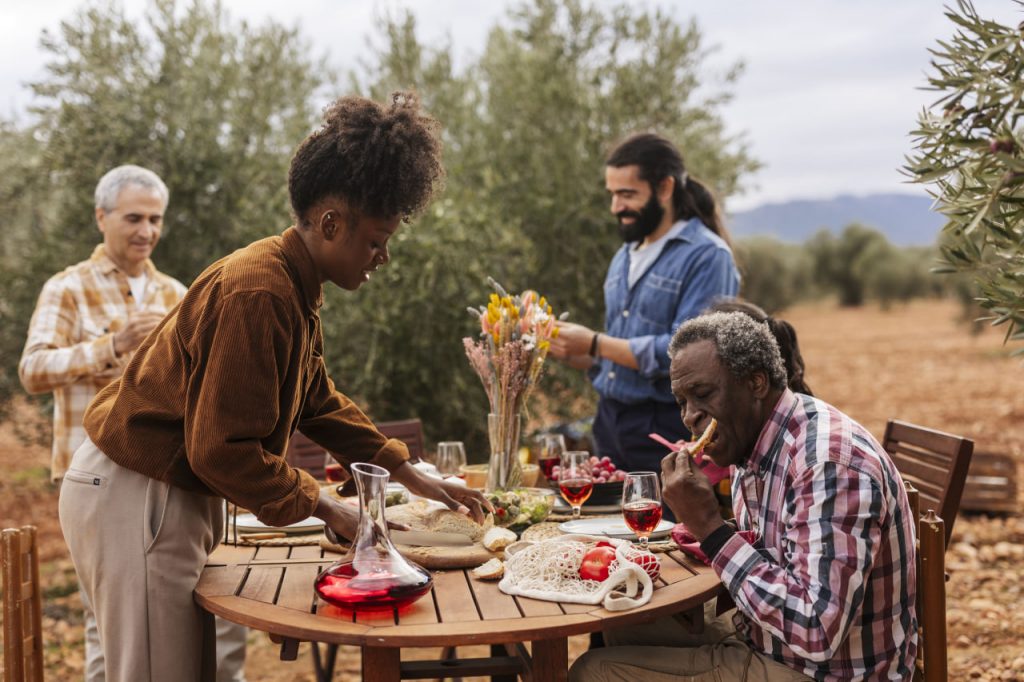Asia is home to some of the most diverse and flavorful cuisines in the world. With its vast range of cultures, ingredients, and cooking techniques, the continent offers a gastronomic adventure like no other. From the delicate sushi of Japan to the bold spices of Indian curries, each country tells its own story through food. Embarking on a culinary journey through Asia means not only tasting incredible dishes but also understanding the traditions and history behind them.
The Unique Characteristics of Asian Cuisine
Asian cuisine is known for its rich flavors, fresh ingredients, and a perfect balance of sweet, sour, salty, bitter, and umami. Each region has its own approach to cooking, influenced by climate, geography, and cultural history. Southeast Asian countries like Thailand, Vietnam, and Malaysia are famous for their use of fresh herbs, chilies, and coconut-based sauces. East Asian cuisine, from Japan and China to Korea, focuses on simplicity, balance, and the natural taste of ingredients. South Asia, particularly India and Sri Lanka, is renowned for its complex spice blends, slow-cooked curries, and vibrant street food culture.
Must-Try Culinary Experiences
To truly appreciate Asia’s diverse flavors, here are some essential food experiences every traveler should seek out:
- Street Food in Bangkok, Thailand – The streets of Bangkok come alive with the aroma of pad Thai, spicy papaya salad, and grilled satay skewers. Markets like Yaowarat Road and Chatuchak offer some of the best local flavors.
- Sushi Tasting in Tokyo, Japan – From conveyor belt sushi to high-end omakase experiences, Tokyo is the ultimate destination for fresh, masterfully crafted sushi.
- Dim Sum in Hong Kong – A classic Cantonese dining experience, dim sum includes steamed dumplings, barbecue pork buns, and delicate shrimp siu mai served with fragrant tea.
- Indian Curry in New Delhi, India – Rich, flavorful curries such as butter chicken, paneer tikka masala, and rogan josh showcase India’s mastery of spices and slow-cooked perfection.
- Korean BBQ in Seoul, South Korea – Cooking marinated meats over a charcoal grill at the table, accompanied by kimchi, rice, and savory sauces, is a signature Korean dining experience.
- Traditional Tea Ceremony in China – Experiencing a Chinese tea ceremony, whether in a Shanghai teahouse or a mountain village, is a beautiful way to appreciate the artistry and philosophy behind tea culture.
The Role of Food in Asian Culture
In many Asian societies, food is more than just nourishment—it is deeply connected to family, spirituality, and hospitality. Many meals are shared communally, emphasizing the importance of togetherness. Festivals like Chinese New Year, Diwali in India, and the Moon Festival in Vietnam showcase traditional dishes that carry symbolic meanings, reinforcing cultural identity and heritage.
Asian cuisine also reflects the continent’s deep respect for natural ingredients and traditional cooking techniques. Fermentation, slow cooking, and the careful balancing of flavors have been passed down through generations, ensuring that food remains both an art and a science.
Conclusion
A journey through Asia’s culinary landscape is an unforgettable experience. From the vibrant street markets of Southeast Asia to the refined elegance of Japanese kaiseki, every meal tells a story of culture, tradition, and craftsmanship. Whether you’re savoring spicy Sichuan hotpot, biting into a delicate Vietnamese bánh mì, or indulging in a rich Indian biryani, Asian cuisine offers endless flavors to discover.
For travelers who love food, exploring Asia is more than just an adventure—it’s an education in taste, history, and the power of food to bring people together.

